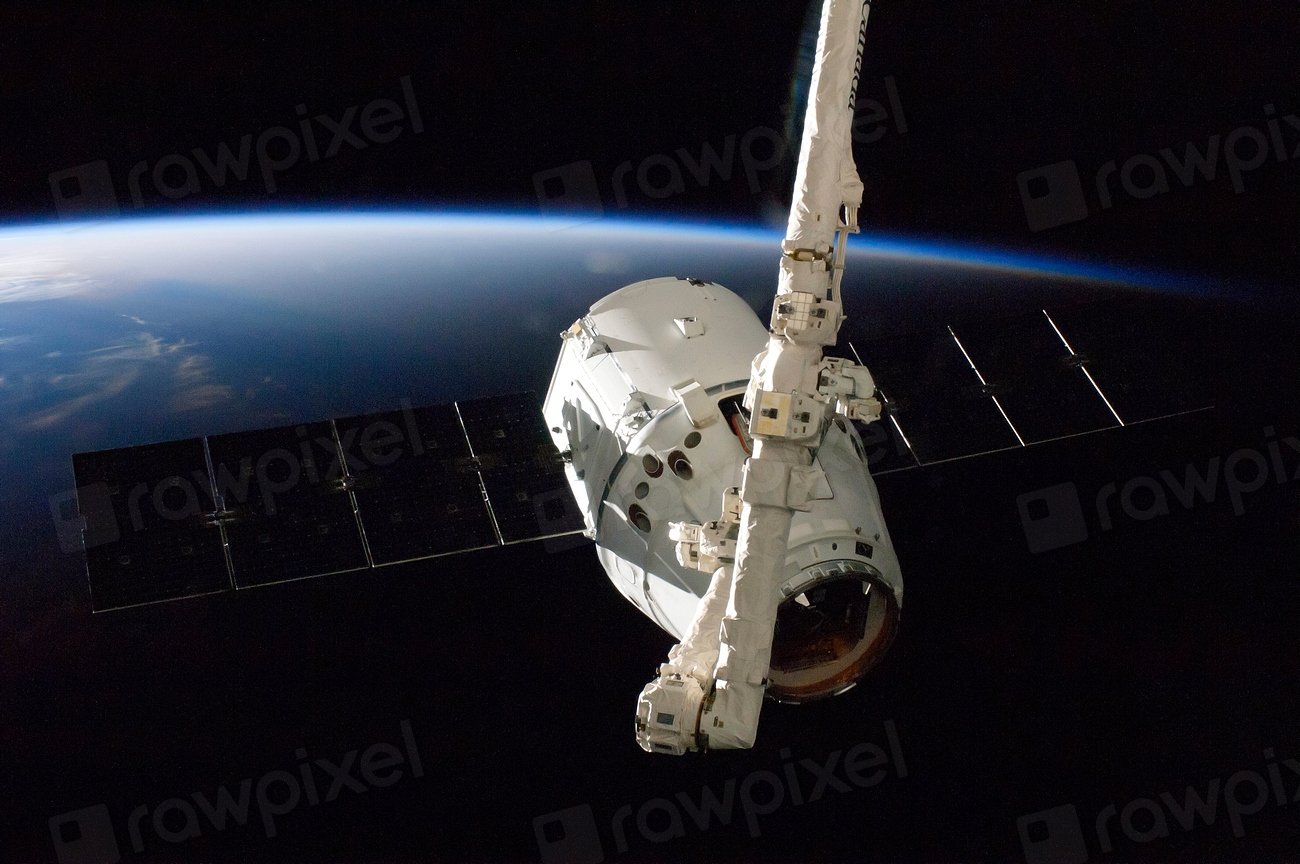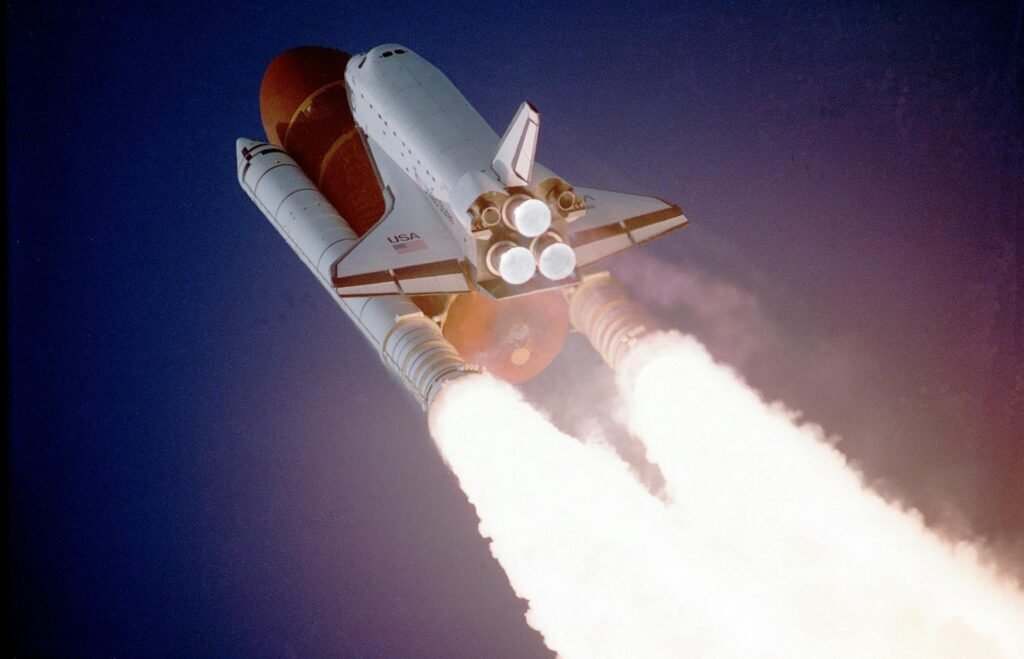The night sky has always inspired humanity, filling us with awe and the urge to explore the great unknown. But in recent years, one name has risen above the rest, promising to tear down the final barriers to space: SpaceX. With breathtaking rocket launches, dramatic landings, and a charismatic figurehead in Elon Musk, the company claims to be democratizing access to the cosmos. But is the reality as inspiring as the narrative? Or is SpaceX simply transforming the old monopolies of space into something new, sleek, and just as exclusive? The answer isn’t as clear as a starlit night—so let’s unravel the truth together.
The Promise of Open Access

SpaceX often talks about making space accessible for all. The company’s rhetoric suggests a future where not just astronauts, but everyday people and small businesses, can reach the stars. Their rideshare missions for satellites, for instance, are marketed as affordable opportunities for anyone to launch cargo into orbit. This vision tugs at the heartstrings—who hasn’t dreamed of touching the infinite? However, the idea of true democratization goes far beyond just lowering price tags. It means transparency, fairness, and shared opportunity, not just a new gatekeeper at the door.
From NASA’s Monopoly to Private Giants
For decades, space was the playground of governments. NASA, Roscosmos, and a handful of state-run agencies called the shots, and private companies were merely contractors. SpaceX’s entry changed the game—now, a private company leads the charge, launching astronauts to the International Space Station and dominating satellite deployment. While this shift broke state-run monopolies, it raises questions: Is swapping one powerful entity for another really democratization? Or is it just a new face on an old system?
Lowering the Cost—But for Whom?

One of SpaceX’s proudest achievements is slashing the cost of getting to space. Reusable rockets like the Falcon 9 have brought launch prices down dramatically. This is more than just a technical feat; it’s a revolution in how we think about access to orbit. Yet, when you dig deeper, most of the customers remain governments, megacorporations, and billionaires. The average person is still far from booking a ticket to the stars. Yes, it’s cheaper—but is it truly accessible?
The Rideshare Revolution
SpaceX’s rideshare programs sound like Uber for satellites. They bundle small satellites from different customers onto a single rocket, supposedly opening doors for cash-strapped startups and universities. This concept is thrilling—imagine a high school science club launching their own experiment! In reality, though, even these “affordable” rides cost hundreds of thousands of dollars. The bar is lower, but for many, it’s still out of reach. Democratization, it seems, is relative.
Starlink: Connecting the World or Building a Walled Garden?
The Starlink project aims to blanket the planet with high-speed internet using thousands of satellites. On the surface, it’s a humanitarian dream—rural villages, disaster zones, and remote islands finally getting online. But critics worry about the implications of one company controlling so much of the world’s internet infrastructure. Is this freedom, or just a new form of dependency? The answer may depend on who holds the power to switch the service on—or off.
The Shadow of Regulation
Space is governed by treaties, national laws, and an ever-growing maze of regulations. SpaceX often pushes the boundaries, sometimes launching before all the paperwork is done, sometimes clashing with regulators. This boldness fuels innovation, but it also raises concerns: If one company can operate above the rules, are we fostering a healthy, competitive space sector? Or are we simply watching the birth of a new monopoly, shielded by its technological lead?
Crowded Orbits: Who Gets a Spot?

As SpaceX launches thousands of satellites, the space around Earth gets more crowded—and more dangerous. Collisions and space debris are real threats. Smaller players often struggle to find safe slots for their own satellites, while SpaceX’s vast constellation dominates the prime real estate in orbit. This raises the unsettling question: Is the “democratization” of space actually squeezing out the smaller voices?
The Culture of Exclusivity

Despite the open-access rhetoric, much of SpaceX’s public image is built on exclusivity and spectacle. Their launches are must-see events, their payloads often shrouded in mystery. When it comes to partnerships and contracts, SpaceX can be as selective as any old-guard institution. The glamorous image can sometimes overshadow the everyday reality: for most people, space is still out of reach.
Innovation at a Cost

No one can deny SpaceX’s relentless drive to innovate. Reusable rockets, rapid prototyping, and bold experiments have pushed the entire industry forward. But true democratization requires more than just technical progress—it needs openness, collaboration, and a willingness to share the spoils. If the benefits of innovation are hoarded, then the revolution may only serve a privileged few.
The Myth and the Message
SpaceX’s narrative is as much a product as its rockets. The company has mastered the art of storytelling, painting itself as the hero in a cosmic quest. This myth-making is powerful, inspiring millions to dream of space. But myths can also obscure reality, glossing over uncomfortable truths and complex trade-offs. It’s easy to cheer for the underdog—harder to recognize when the underdog becomes the giant.
A Future for All?
The dream of a truly open, shared, and accessible cosmos is as old as human curiosity itself. SpaceX has taken enormous steps toward that dream, breaking barriers and inspiring hope. Yet, the journey is far from over. The real test will be whether the company’s vision includes everyone—or just a chosen few. The next chapter is unwritten, and the stars still wait for us all.




